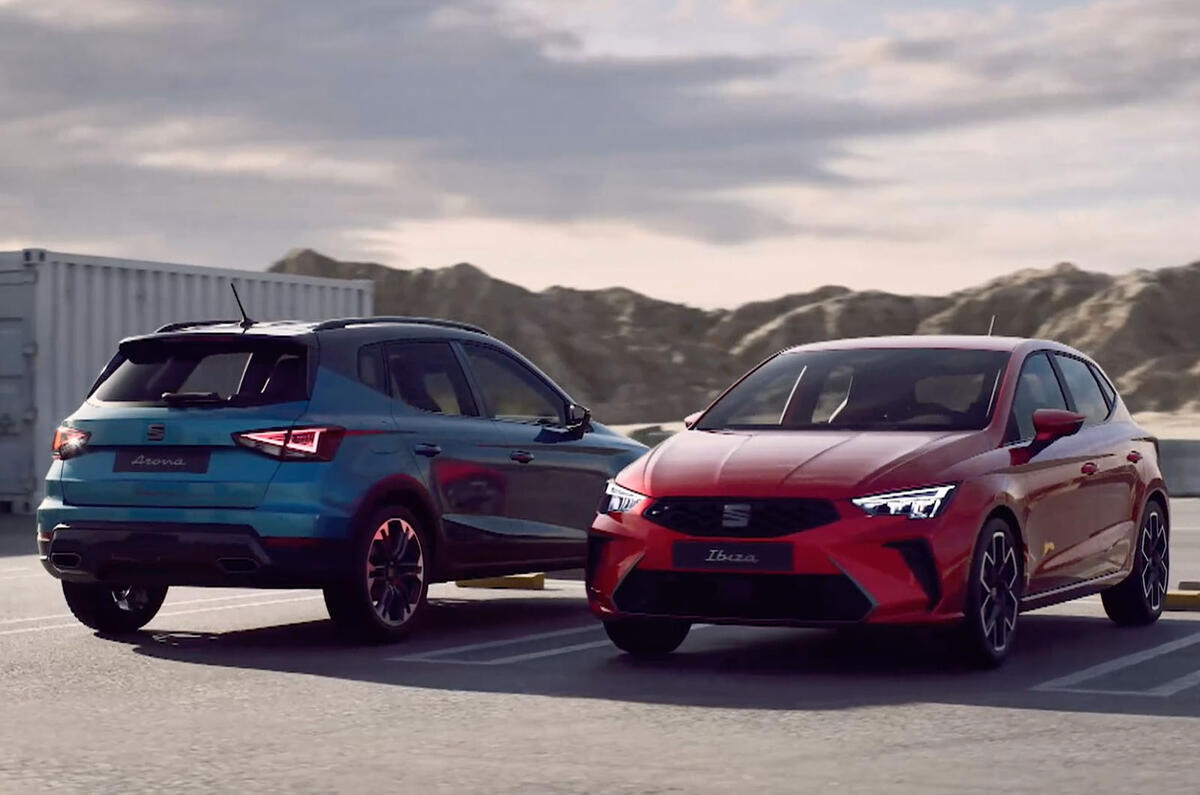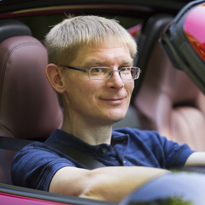The Seat Ibiza and Arona will finally receive a major update next year, as part of ongoing investment in the brand, according to interim boss Markus Haupt.
While the focus has been on the Cupra sibling brand in recent years, company chiefs have long insisted there are future plans for Seat. In late 2024 former boss Wayne Griffiths previewed an updated Ibiza and Arona that were due to arrive this year – and Haupt says a launch has now been confirmed for the two models early in 2026.
“Seat is the perfect complement to Cupra at the moment,” said Haupt at the Munich motor show. “We are present in different markets and addressing completely different customers. We are still investing in Seat, and we will launch a new Ibiza and Arona next year.
“That’s something I want to be clear on: we are still investing in Seat, because having the flexibility of addressing so many different markets given all the different regulations, is so important right now. So we have the perfect match between these two brands.”
Haupt declined to comment on specifics concerning the update, but the preview images shown in late 2024 suggested that the styling would only receive a minor makeover.
While the role of Seat has long been questioned following the emergence of Cupra as a stand-alone brand six years ago, these significant investments in its two entry-level models now suggest a role for the Spanish brand into the 2030s: as a specialist in smaller and more affordable models in conventional segments. That will allow Cupra to play further upmarket, with a focus on plug-in hybrid and electric cars.
Before leaving the company recently, Griffiths told Autocar that the Seat Ibiza would follow the lead of the closely related Volkswagen Polo in being updated ahead of EU7 emissions regulations kicking in.
This will mean mild-hybrid petrol engines will be offered – a significant investment for smaller and less profitable cars but an important and necessary step for car makers to continue to be able to sell affordable new cars in the mass market where demand for EVs has yet to take off.
Sales of the Ibiza and Arona both increased in the UK in 2024, and Seat grew its sales overall.
The larger Seat Ateca and Seat Leon are the other models in the brand's range after the demise of the Tarraco, and both of these are also offered as Cupra models.











Join the debate
Add your comment
I wonder how the regulatory targets work. Do they apply to each brand or the whole group. If it's the latter and Audi for example sells lots of EVs, then presumably SEAT need not concern itself with producing any EVs until 2030 (or 2035 for Europe). For the time being then, it would surely make sense to produce what customers want and what makes the most profit.
So just like a cheap VW then the way Skoda used to be.
So just like a cheap VW then the way Skoda used to be.